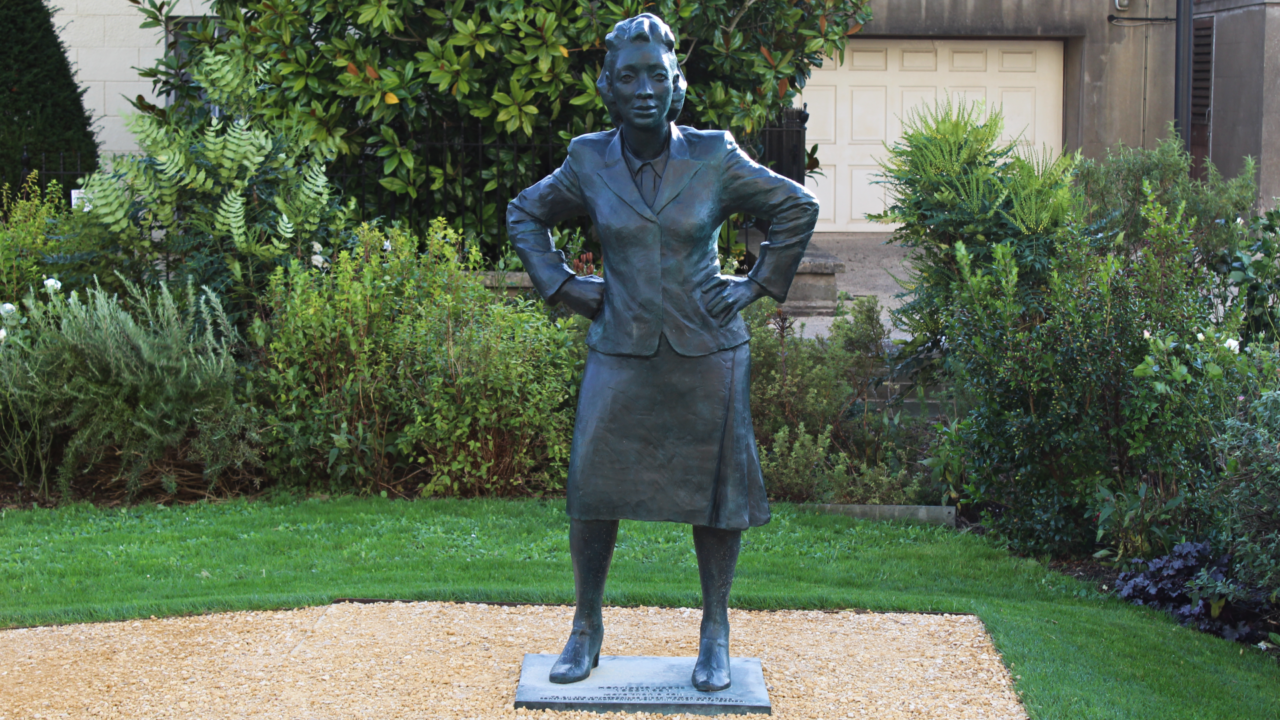The cells of Henrietta Lacks have been instrumental in advancing the bioscience field, saving countless lives, but their use was tainted with injustice. Her story is a reminder of the importance of informed consent in medical research.
In 1951, a young mother walked into Johns Hopkins Hospital – one of the few hospitals to treat poor African Americans at the time.
The woman, Henrietta Lacks, was later told by her doctors that she had a malignant form of cervical cancer. From then on, a series of revolutionary advances in the medical industry masked as many instances of injustice.
Background of Henrietta Lacks
To those close to her, Henrietta was known to be a loving mother, wife, and friend. At a time when cervical cancer was a very deadly disease with high mortality rates, Henrietta’s resilient attitude never faltered.
During Henrietta’s biopsy, unbeknownst to her, a sample of her cancer cells was sent to Dr. George Gey who for years was collecting cells from many patients for research. Medical records show that despite several radium therapies, her cancer was too advanced and at the age of 31, she succumbed to the disease on October 4th, 1951.
Her cells, unlike any other sample that came before, started to multiply over a period of 20 to 24 hours signifying the birth of the first Immortalised Cell Line. Henrietta’s cells, named the HeLa, have since been used to study cancer, viruses, the immune system, genetics, and other areas of medicine.
Yet, in order to mask any potential outrage, when asked about the name of its host, many misleading answers such as ‘Helen Lane’ were given.
Despite the ensuing wonders the HeLa cells would go on to accomplish, her family was kept in the dark for a long time. In fact, they only uncovered the truth in 1973 after scientists called them to request blood samples so Henrietta’s genes could be studied further.
The family was shocked to learn that Henrietta’s cells had been used in research without their knowledge or consent. Despite the immeasurable scientific advances that the HeLa cells have made, her family has still never been compensated.
Scientific advances made possible by HeLa cells
An immortalized cell line is defined as a population of cells that can divide indefinitely in culture compared to normal cells, which have a limited lifespan and eventually stop dividing. At a time when polio was ravaging American lives, a cure needed to be developed.
Experimenting with monkeys with proto-typical vaccines seemed costly, but virologist Jonas Salk discovered the HeLa cells. This was how the first factory mass producing the cells came about, which eventually led to the invention of the polio vaccine in 1955.
HeLa cells have been used in a variety of cancer research, including studies on how to slow cancer growth and the genetics associated with the disease.
In the early 60’s in order to understand how human cells react to radiation and the effect of space travel on astronauts, HeLa cells were sent to space. Moreover, between 2008 and 2014, three Nobel Prizes were awarded for discoveries that were made possible by HeLa cells.
The 80s saw the groundwork for HIV/AIDS research, helping experts understand the mechanics of the virus, its effects, and the development of medications. The result of the research saved numerous lives and changed the course of the epidemic.




















